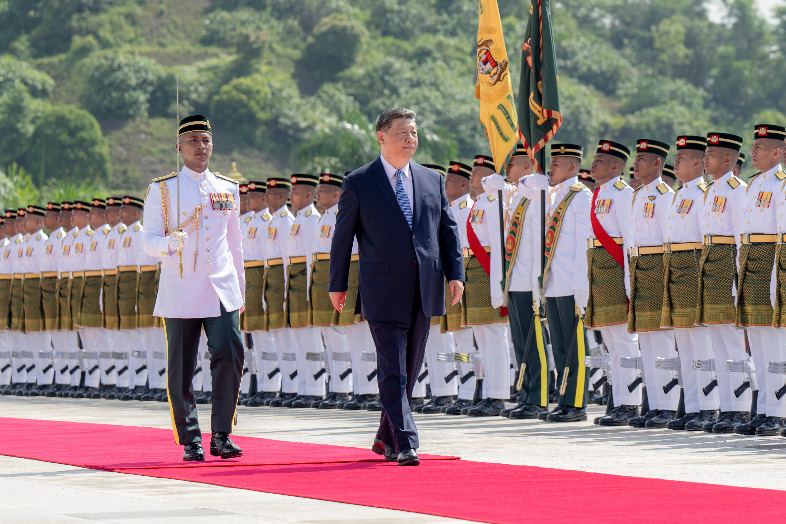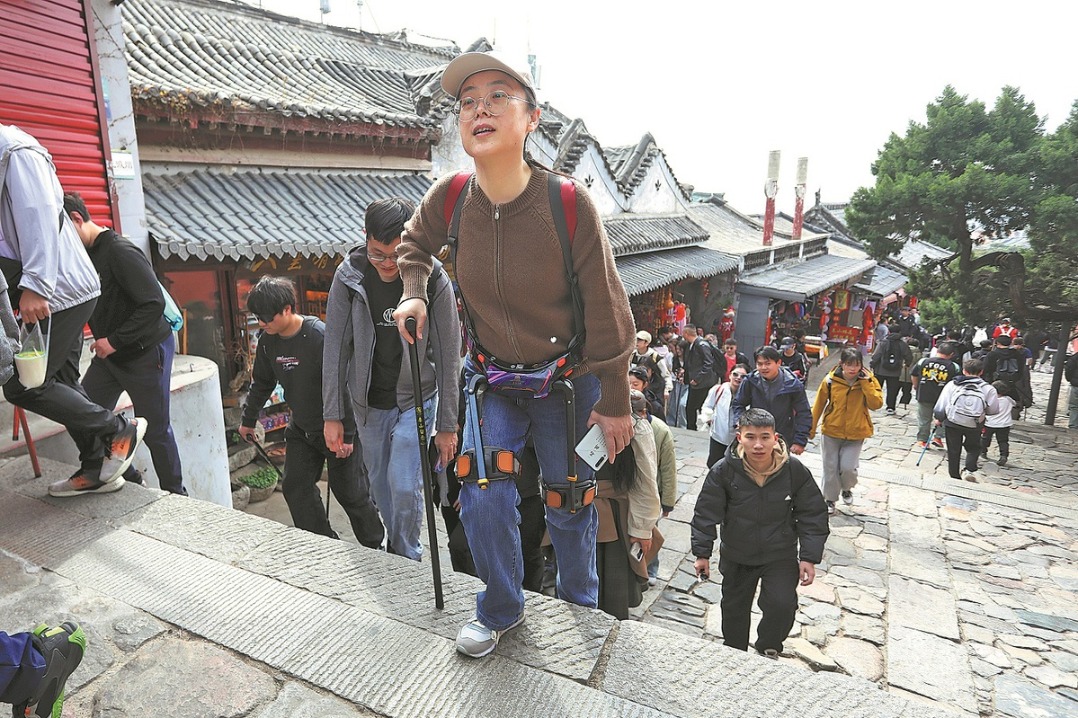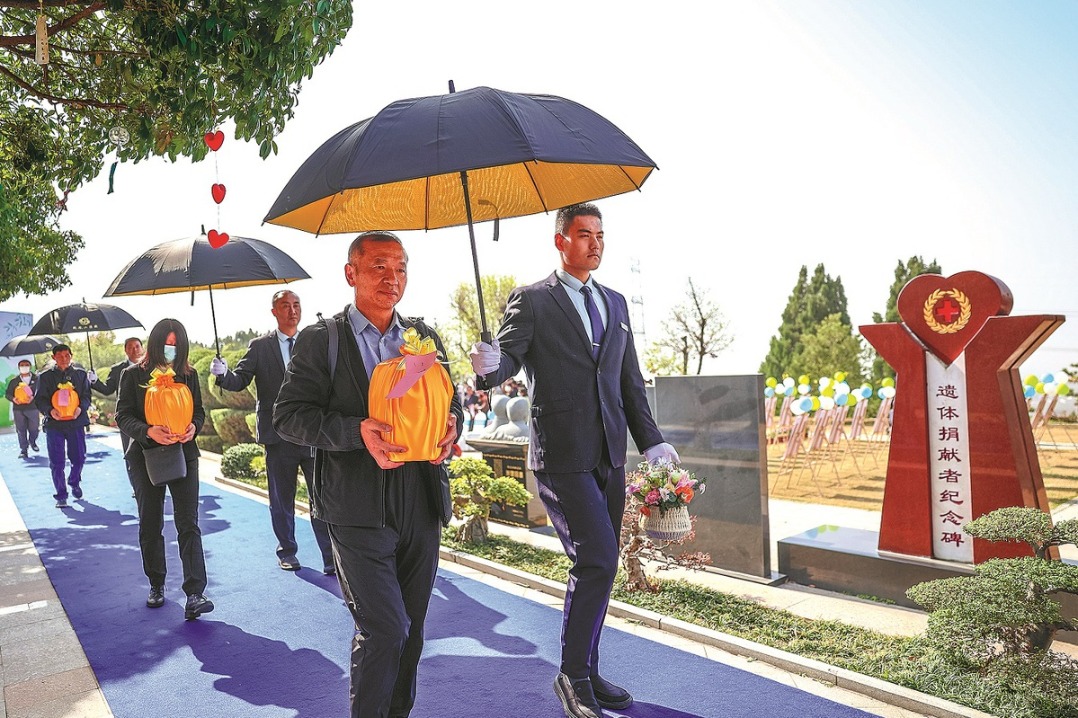Time travelers
By Yang Jianxiang and Qu Ting | China Daily | Updated: 2017-11-07 07:51
 |
| In the Copan archaeological excavation, Honduras archaeologist Jorge Ramos (left) and Li Xinwei analyze an ancient structure. [Photo courtesy of the Chinese Academy of Social Sciences] |
In recent years, Chinese archaeological teams have been working far afield uncovering the secrets of the past. Yang Jianxiang and Qu Ting report.
On a sunny, humid morning in an open area of tropical forest in Honduras, a group of 16 locals and two Chinese men are on an archaeological dig. Suddenly a snake slithers into view. Frightened and yelling, the locals use spades, sticks and anything they have at hand to scare the snake away.
To Li Xinwei, an archaeologist from Beijing, the red-skinned snake was similar to the red-banded snakes he had seen in the fields at home. But from the speech and gestures of the head worker, who was wielding a machete, he realized the snake was extremely poisonous. A bite on the arm might require cutting off the limb to save the victim's life, he was told.
That was in November 2015. Li and his colleague were on an excavation resulting from an agreement signed with the Honduras government more than a year before. The Institute of Archaeology of the Chinese Academy of Social Sciences and the Honduras Institute of Anthropology and History were cooperating on a five-year project. The Anthropology Department of Harvard University also had a part.
The role of the Chinese archaeologists was to excavate and reconstruct Group 8N-11, a sub-royal elite residential compound, in Copan, Honduras.
Not long after, they unearthed carvings of serpent-headed supernatural birds with outstretched shell-shaped wings and maize-like god heads. This reflected the death and rebirth cycle of the maize god, according to ancient Mayan beliefs.
























